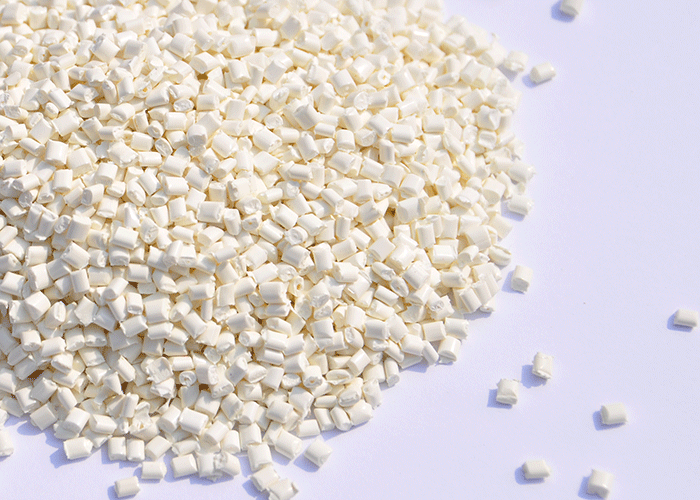- Nylon masterbatch: The core additive that empowers the color upgrade of nylon products!
- Winter Solstice Splendor: The Dual Uses of Nylon Masterbatch Brighten Up the Winter Scenery!
- Comprehensive Analysis of Nylon Masterbatch Applications: Unlocking a New Path for Color Upgrade of Nylon Products!
- Nylon masterbatch: The core additive for injecting stable colors into fibers!
- Nylon masterbatch: A carrier that endows fibers with precise color!

- Tel: 0086-13705451607
- Fax: 0086-0535-8719999
- Email: lkhc668@sohu.com
- Add: East Heping, High-tech Zone, Longkou City, Shandong Province
The production process of non-woven masterbatch!
The main components of non-woven masterbatch are generally divided into three parts: colorant, carrier and dispersant. These are newly developed pigmentation products such as plastic integrators and fibers in the last century. They are complexes of pregnants obtained by adhering ultra-uniform pigment contents to resin.
The production process of non-woven masterbatch is generally divided into four kinds: washing method, ink method, kneading method and metal soap method. The following is a detailed introduction of the four production processes of non-woven masterbatches.
1, washing method: the pigment, water and dispersant through sand grinding, so that the pigment particles less than 1μm, and through the phase transfer method, so that the pigment into the oil phase, and then dry to obtain the color masterbatch. Phase conversion requires the use of organic solvents, and the corresponding solvent recovery device.
Its process: fine color paste washing evaporation concentrate dry into the carrier extruded granulation.
2, ink method: As the name suggests, is the production method of ink paste in the production of color masterbatch, that is, through three roller grinding, coated with a layer of low molecular protective layer on the surface of the pigment. After grinding, the fine color paste is mixed with the carrier resin, and then plasticized by a two-roll plasticizer (also known as a two-roll open mill), and finally granulated by a single or twin-screw extruder.
3, metal soap method: The particle size of the pigment after grinding reaches about 1μm, and the soap liquid is added at a certain temperature, so that the surface layer of each pigment particle is evenly moistened by the soap liquid, forming a layer of saponification liquid, when the metal salt solution is added and the saponification layer on the surface of the pigment chemical reaction to produce a layer of metal soap protective layer (magnesium stearate), In this way, the pigment particles after grinding will not cause flocculation, and protect a certain fineness.
4, kneading method: After mixing pigments and oil carriers, using the characteristics of the pigment oil, the pigment is washed from the water phase into the oil phase by kneading. At the same time, the surface of the pigment is covered by an oily carrier, so that the pigment is dispersed and stable, and the pigment is prevented from condensing.
- Nylon masterbatch: The core additive that empowers the color upgrade of nylon products!
- Winter Solstice Splendor: The Dual Uses of Nylon Masterbatch Brighten Up the Winter Scener
- Comprehensive Analysis of Nylon Masterbatch Applications: Unlocking a New Path for Color U
- Nylon masterbatch: The core additive for injecting stable colors into fibers!
- Nylon masterbatch: A carrier that endows fibers with precise color!
- Application management of nylon masterbatch at the end of November!
- Polypropylene masterbatch: The key additive that endows polypropylene materials with vivid
- Dealing with the Low temperatures in November: The Practical Role of Plastic Masterbatches
- Nylon masterbatch: A professional solution for enhancing the color quality of fibers!
- Autumn colors in Silk: Talk about Polypropylene color Masterbatch during Frost's Descent!



